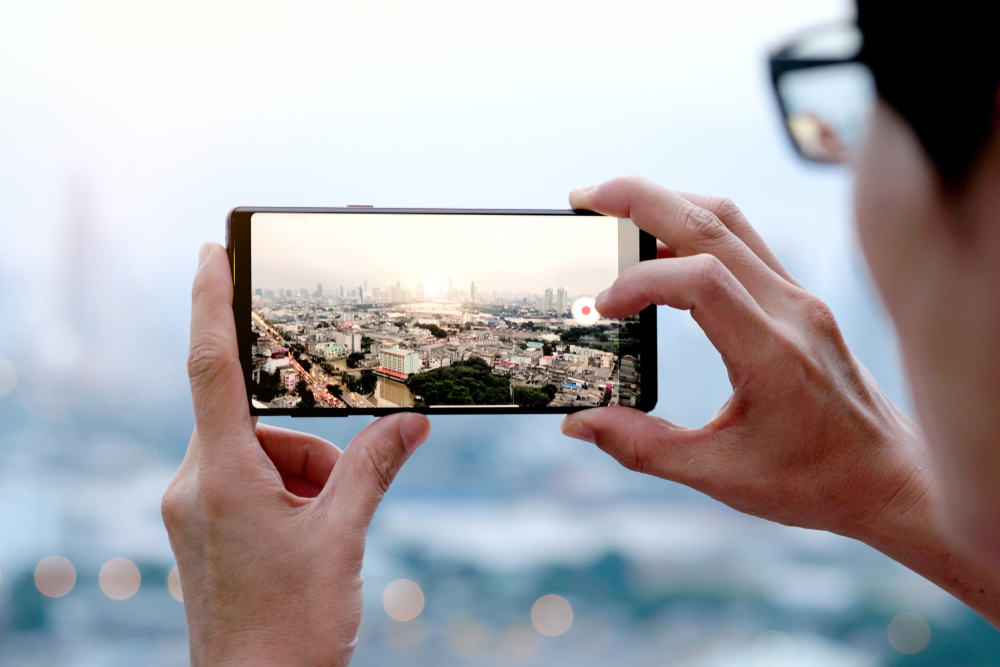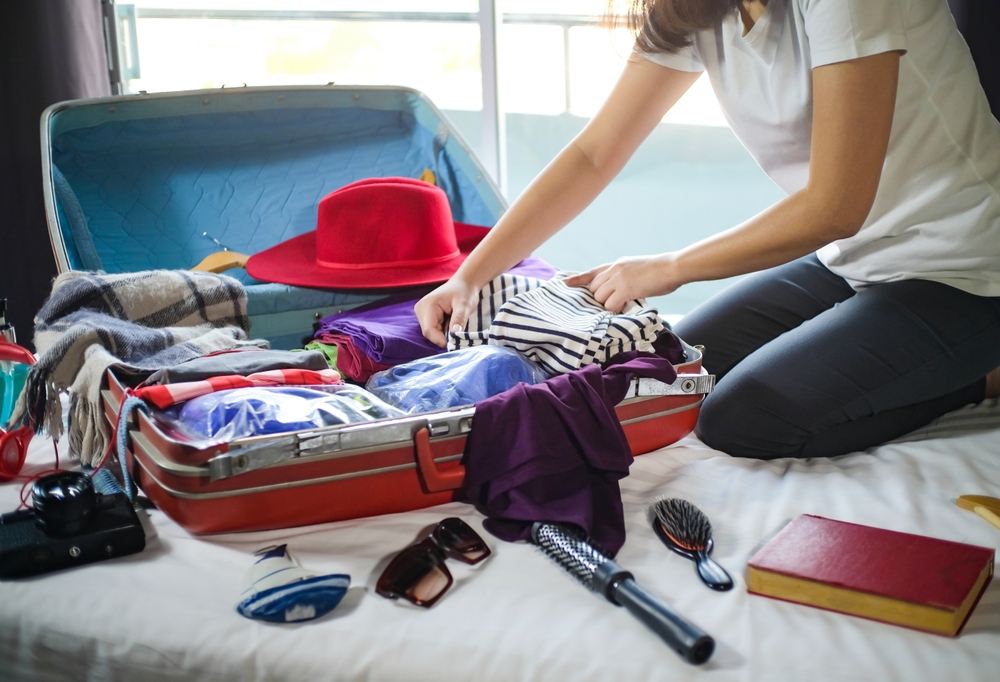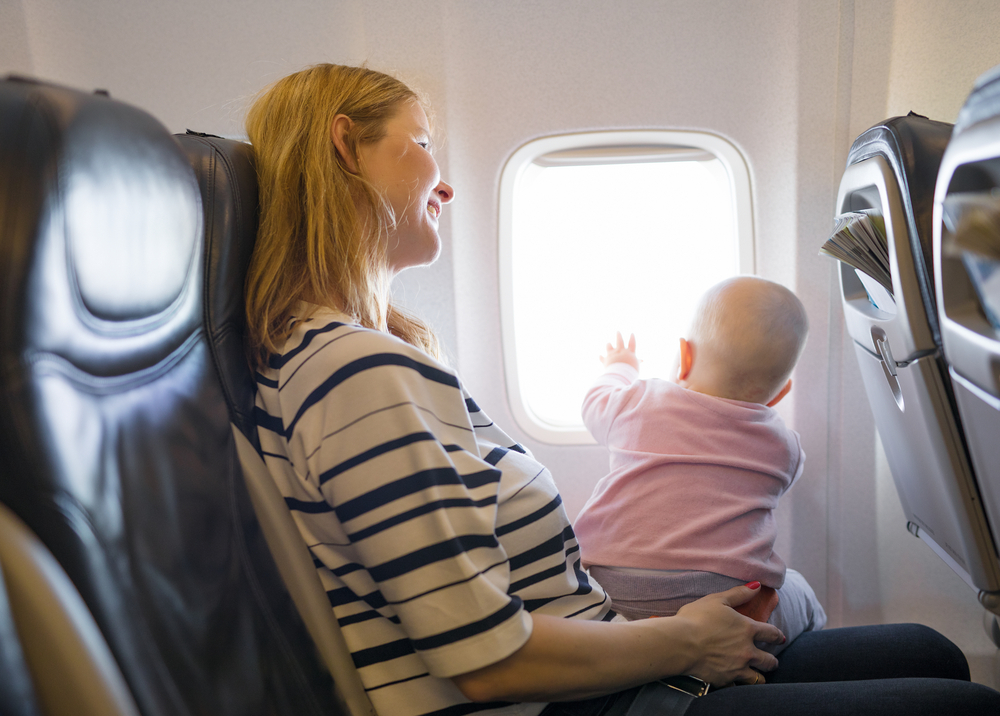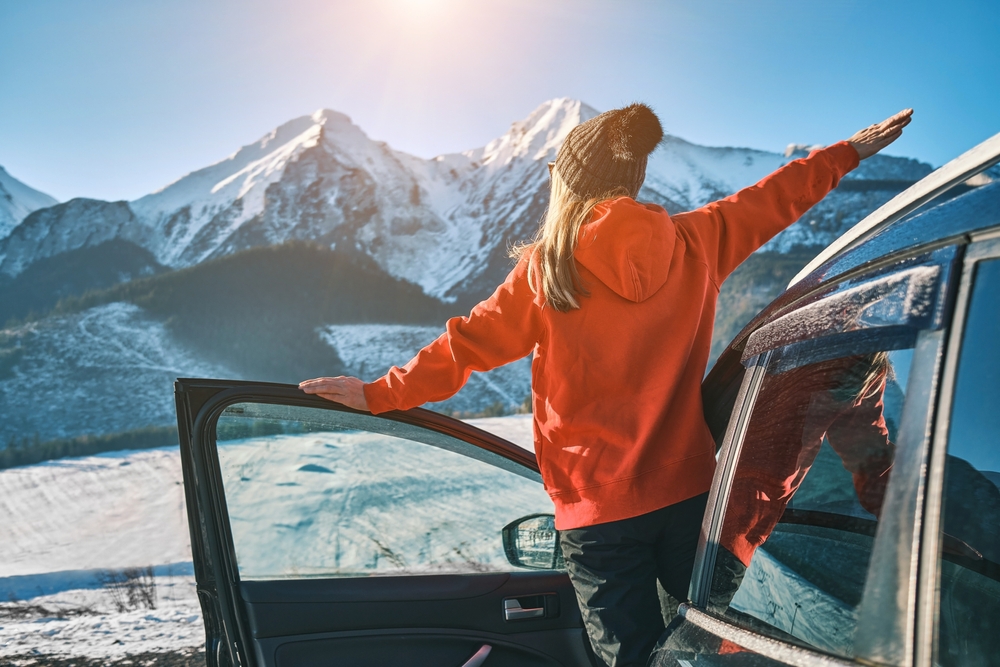A cellphone allows travelers to have a camera always at the ready. The latest phones offer multiple lenses with better resolution and enhanced macro and telephoto capabilities, enabling virtually every moment to be captured for posterity. This can be both a blessing and a curse. When should we be taking a photograph and when should we simply be taking the time to look and wonder at the world around us? Here are a few tips on when and what to shoot, and how to better frame what we see when we travel.
Imagine your photos as an album
Try to capture a wide variety of images. While it is important to concentrate on classic landscape shots and portraits, also search for photographs with arresting colors and shapes, as well as the details of objects, works of art and food — the things that flavor a place and weave its visual tapestry. Imagine each picture as a jigsaw piece needed to complete an album’s puzzle. It’s useful to arrange these images in a separate folder on your phone, making one album for your favorites and another for the rest. That way you’ll be in better shape when it comes to the important task of editing.
Find your horizon
Steven Spielberg ends his autobiographical film, “The Fabelmans,” with a meeting with the legendary director John Ford. Ford’s main piece of advice? Place the horizon toward the top or bottom of the picture because the middle is “boring.” This idea — also known as the rule of thirds — divides the frame into thirds, horizontally and vertically. The concept is to find a more dynamic angle by visualizing the scene or subject not centered, but rather a third of the way up or down (or across) the frame. On most cellphones, you can set up a three-by-three grid for the screen in the camera settings.
Layer your picture with details
Successful landscape shots draw the eye across the whole frame, and for that you need to search for points of interest in the foreground, middle ground and distance. Find a vantage point that lets you see the different layers of a scene. Test different compositions by turning your cellphone both vertically and horizontally, and, if you have a choice of lenses, decide if the scene is best framed tightly or wide. Another way to enrich the landscape is to spot a person or an object and place them carefully in the frame as a focal point. It could be someone walking alone along a beach, or a tree on a hillside, or a horse in a field or a bicycle leaning against a wall. But look for something that catches the eye, giving scale and contrast to the scene.
For portraits, find the right backdrop
Look for a clean background — a natural canvas with relatively solid coloring or shape, like a wall, open sky or foliage. If that’s not possible, move around the subject to find a backdrop that is less cluttered. Also, check that there are no upright objects, such as streetlamps or thin trees directly behind people’s heads, or other unwanted items in the background that will distract from the subject.
Work the frame
It’s often helpful to have a portrait shopping list: headshot, half-body and full body frames (make sure not to cut off people’s feet), as well as horizontal and vertical ones. Having these frames in mind will help you choose the best shot. Many of the latest Apple and Android phones offer a choice of inbuilt lenses with different focal lengths, which help you do this quickly. You can also use the portrait mode on your cellphone’s camera, which shortens the depth of field, blurring the background and giving a portrait style that is similar to what you would get when using wide-open apertures on longer camera lenses.
Edit your photographs more than once
Choosing the best pictures is just as important as taking them. If you have been making a separate album of your favorites, you already have a base from which to start. Nonetheless, take your time and go through all the photographs you have taken, scrolling through the images at least twice. If possible, leave a day between doing so. The eye can get overwhelmed when looking at a large number of images, and it’s easy to overlook a good picture.
Go easy on post-production
Phone cameras, just like regular cameras, are not always able to read the light correctly. Often one needs to adjust a photograph’s exposure, shadows or color temperature. A lot of this can be easily done with a phone’s inbuilt software — though there are also plenty of specialist applications like Snapseed or Adobe Photoshop Express. What you can or should do is a personal decision. But, in general, spend as little time as possible working on a picture, and concentrate on balancing tone and lighting across your selection of images so they feel cohesive in style.
Have a hungry eye
Eve Arnold, the wonderful Magnum photographer, used to recount a story about walking with Henri Cartier-Bresson from the Magnum office in Paris to have lunch at his apartment on the Rue de Rivoli. During the 15-minute stroll home, as he kept telling her that he was no longer interested in photography, only drawing, he took three rolls of film on his Leica. The great photographers have an insatiable eye for images, and a cellphone allows one to be ready for everything. But it’s also necessary to understand the moment clearly. Everyone wants their memories of a journey to be captured so they can reminisce later. But it’s also important to see the world without feeling the obligation to take a photograph. Sometimes the eye just needs the pleasure of looking.



